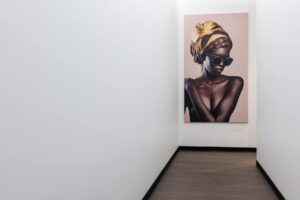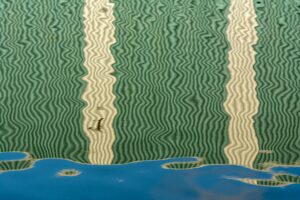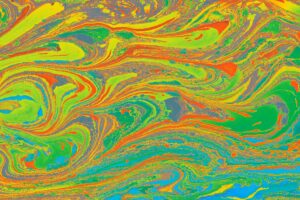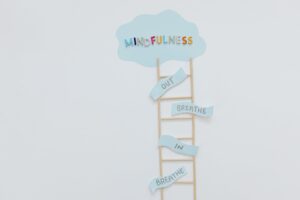Art, in its purest form, is an expression of the human experience. Over the centuries, the muse has taken many forms, from religious fervor to raw emotion. In the midst of the counterculture of the 1960s, a new inspiration emerged, known commonly as magic mushrooms. Psilocybin, the active ingredient in Psilocybe cubensis species, induces psychedelic experiences that have deeply inspired the art world in fascinating and complex ways.
The unconventional relationship between psychedelic art and psilocybin mushrooms began gaining prominence during the boom of counterculture. Artists drawn to this subversive muse broke away from traditional norms and crisscrossed into the realm of vivid color palettes, unique patterns, psychedelic visuals, and whimsical compositions—an aesthetic that is still trending in contemporary art.
The influence of Psilocybe cubensis is particularly marked in its manifestation of trippy illustrations, borrowed from the visions experienced during the mushroom-induced trips. Deep into the labyrinth of human consciousness, magic mushrooms provide a gateway to a realm teeming with fantastical creatures, populated by a variety of abstract entities and dreamlike figurations often represented in the art.
The role of fungi art is not self-contained within its illustration. It plays a significant role in projecting the intricate mushroom symbolism that often transcends the ordinary reality. In many instances, mushrooms have been symbolized as paths or gateways to the otherworldly aspects of the human mind’s deep and unexplored spaces.
Psilocybe cubensis, for instance, is commonly represented as a spiral or a pathway that leads into the axis of the universe or the center of the psyche. This meticulously crafts an immersive and surreal environment that invokes the essence of a transcendent psychedelic trip. It encapsulates a wholesome dialogue, not just around the foundation of psychedelic experiences but also around the broader theme of consciousness and self-awareness.
Contrasting or complimentary colors are a frequent feature in psychedelic art linked to psilocybe mushrooms, mirrored in the diverse and saturated color spectrum one sees during a psychedelic experience. The patterns and shapes found in these artworks often recreate the symmetrical fractal patterns experienced during a psilocybin journey, bringing elements of their inner trips into the shared reality of their viewers.
Fairy tale art, another sub-genre of psychedelic artistry, emphatically draws its inspiration from magic mushrooms. Here, artists have used mushroom imagery to invoke feelings of serene wonderment and sublime whimsy. As common elements in children’s fairy tales, mushrooms have reinforced echoes of magic, mystery and the hidden nature of the unknown.
The inherent capabilities of psilocybe mushrooms to inspire creativity have also been exploited in the creation of psychedelic posters. These posters, synonymous with the counterculture era, often exhibited the rich and dynamic aesthetics that magic mushrooms inherently carry. With their vivid colors, abstract patterns and often whimsical or strange figures, psychedelic posters have played a critical role in visualizing the mushroom-induced psychedelic experience.
In conclusion, psilocybin mushrooms serve as a powerful source of inspiration in the psychedelic art world. By bridging the tapestry of subjective psychedelic experiences with art, artists have produced iconic pieces that continue to challenge and redefine the conventional parameters of artistic expression. As we continue to explore the complex interplay between psychedelics and human consciousness, the influence of these mystical fungi on art is bound to expand further, intriguing and inspiring us in equal measures.








